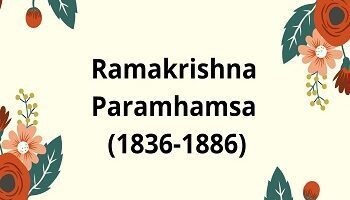Ahmedabad Mill Strike 1918:
Satyagraha in Gujarat in 1918 was not confined to Kaira. Gandhi organized a similar campaign in Ahmedabad. It received less publicity as it was directed not against government officials, but against Indian employers. As the mill-owners suffered labour shortage due to the outbreak of plague in late 1917, they tried to keep them at work by giving them a ‘plague bonus’ which was sometimes high as 75% of their normal pay. The employers wanted to withdraw the bonus once the plague had passed away. But the workers insisted it to stay as they were feeling the pinch of continually rising prices. The Millowner’s also suffered privation because of the shortage of coals. The workers demanded a rise of 50% in their wages while the owners would give 20%. Gandhiji persuaded the mill owners and the workers to agree to arbitration by a tribunal. But arbitration did not work. The lock-out began on 22 February 1918.
Gandhi suggested a 35% increase in the worker’s wages after a thorough study of the production costs and profits of the industry. The strike began asking the workers to remain law-abiding during the lock-out. Gandhiji addressed the workers every day on the banks of the Sabarmati river. He brought out a daily news bulletin and issued a series of leaflets on the situation. Ambalal Sarabhai’s (one of the leading millowners of the town) sister, Anasuya Behn, was one of the main lieutenants of Gandhiji in this struggle while her brother, and Gandhiji’s friend, was on the opposite side. On 12 March the lock-out ended when the millowners announced that they would take back those who accepted a 20% increase. After some days the workers began to vacillate and drifted slowly to the mills. On 15 March Gandhi decided to go on a fast to rally the workers. He took the vow that ‘he would eat no food until the weavers’ terms were granted by the millowners. The fast put pressure on the millowners who agreed to negotiate and a solution was reached on 18 March.
The Ahmedabad Satyagraha was the first occasion when Gandhi was involved in an industrial dispute. He believed that Indian capital and labour were interdependent and that their relationship should be one of mutual regard. Out of the Ahmedabad Satyagraha, grew the Ahmedabad Textile Labour Association in 1920. It was also highly significant in Gandhi’s lone journey to political activity. It was Gandhi’s first fast intended to influence public opinion and was the fore-runner of his hunger-strikes in all Indian politics. It also drew him into the towns and factories, after his experience in the villages of Kaira. Although Satyagraha was flagged, Gandhi’s popularity soared him. Before 1918 Gandhi had been a popular preacher in Gujarat, but by mid-May, he became the most powerful leader. He earned the respect and commitment of many political workers, especially the younger ones.









Comments (No)